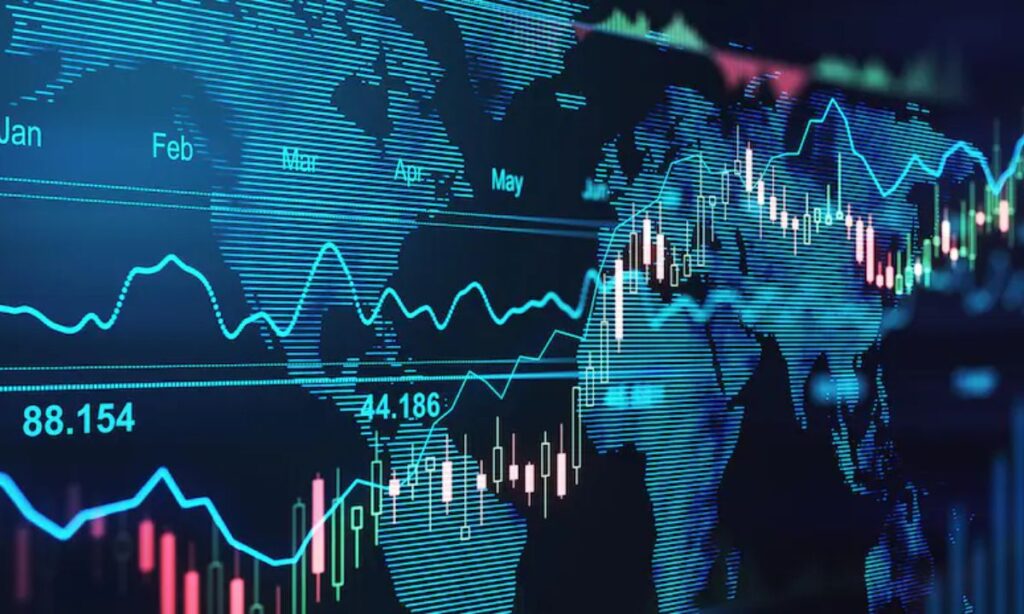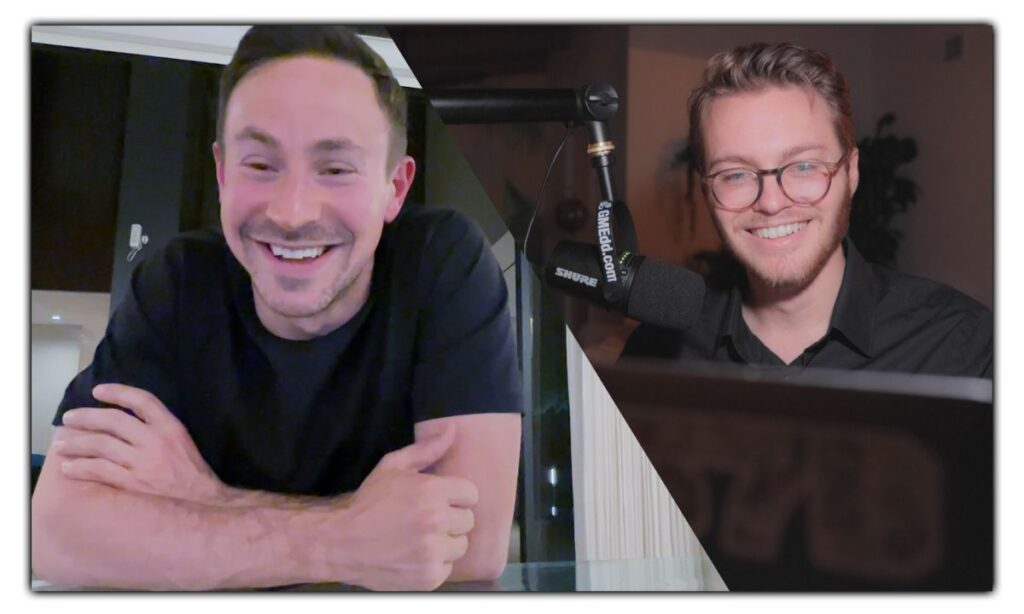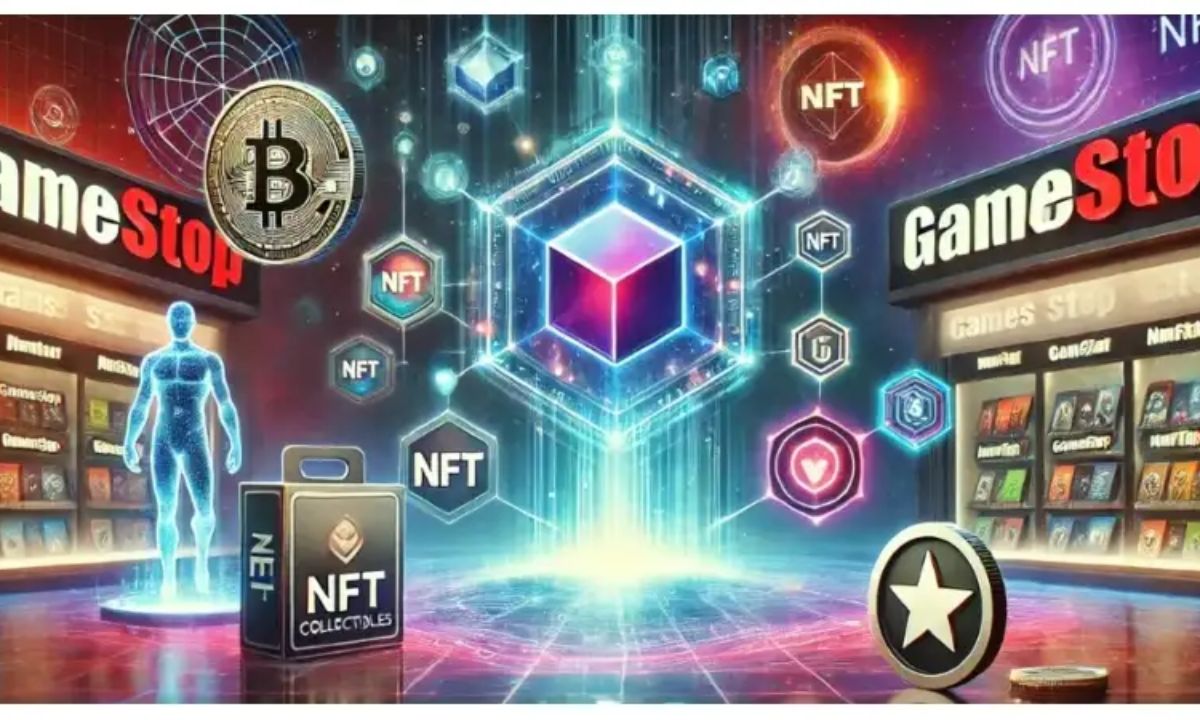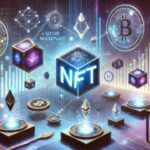The GameStop saga represents one of the most fascinating chapters in modern financial history. What began as a struggling brick-and-mortar video game retailer transformed into a symbol of retail investor power.
The convergence of social media, market dynamics, and generational shift in investing created perfect conditions for an unprecedented market event.
What Sparked the GameStop Frenzy?
In late 2020, GameStop was just another retail chain struggling to survive in the digital age. Traditional Wall Street investors had bet heavily against the company through short positions. A group of retail investors on Reddit’s r/WallStreetBets forum noticed these massive short positions. They recognized that if enough people bought and held GameStop shares, they could force short sellers to buy back their positions at higher prices.
Keith Gill, known online as “Roaring Kitty,” became an influential voice in the GameStop movement. His detailed analysis videos and unwavering confidence in GameStop’s potential helped convince thousands of retail investors to join the cause. The involvement of Ryan Cohen, the successful entrepreneur behind Chewy.com, added legitimacy to the investment thesis.
By January 2021, the situation reached a boiling point. Major hedge funds had shorted more shares than actually existed. This created a perfect setup for a historic short squeeze. As retail investors poured money into GameStop stock, the price began to rise exponentially. Trading platforms like Robinhood saw unprecedented activity.
February: A Month of Market Euphoria

February 2021 marked a pivotal moment in the GameStop story. The stock price had already skyrocketed from around $20 to nearly $500 in January. The momentum carried into February with intense volatility. Trading volumes reached astronomical levels as both retail and institutional investors scrambled to capitalize on the movement.
Congressional hearings were held to investigate the market events. Robinhood’s CEO Vlad Tenev faced intense scrutiny over his platform’s decision to restrict trading. The restrictions had effectively stopped the momentum of the short squeeze. Many retail investors saw this as market manipulation favoring large institutions.
Ryan Cohen’s influence grew stronger during this period. His push for digital transformation resonated with both traditional investors and the Reddit community. GameStop began implementing changes to its business model. The company started focusing more on e-commerce and digital gaming services.
October: The Calm Before the Storm
By October 2021, GameStop had settled into a new normal. The extreme volatility of early 2021 had subsided. The company’s stock maintained a significantly higher price than pre-squeeze levels. This reflected ongoing investor confidence in the company’s transformation efforts.
GameStop used this period to accelerate its digital transformation. New distribution centers were established to support e-commerce operations. The company expanded its product catalogue beyond gaming. Technology partnerships were formed to modernize operations.
Ryan Cohen’s vision for GameStop began taking concrete shape. The company invested in blockchain technology and NFT initiatives. These moves signaled GameStop’s intention to remain relevant in the evolving digital economy. Investor communities remained highly engaged with every corporate announcement.
What Made October Stand Out?
October became notable for several strategic developments. GameStop announced significant progress in its technological infrastructure. New talent was recruited from major tech companies. The company’s balance sheet showed improved financial health.
Partnerships with popular gaming brands were established. GameStop’s loyalty program saw increased engagement. The company’s social media presence grew stronger. These developments helped maintain investor interest despite lower market volatility.
Deciphering the Role of Ryan Cohen

Ryan Cohen emerged as the architect of GameStop’s transformation. His experience in building Chewy.com into an e-commerce powerhouse brought credibility. Cohen’s focus on customer service and digital innovation resonated with both customers and investors.
As Chairman of the Board, Cohen drove significant organizational changes. He recruited executives from Amazon and other tech giants. His vision emphasized technology integration across all business aspects. The company’s culture shifted toward innovation and agility.
Cohen’s communication style became legendary among investors. His cryptic tweets often sparked intense speculation. The investor community analyzed every public statement for hidden meanings. His leadership style created a unique blend of traditional business acumen and modern social media engagement.
READ THIS BLOG: What Is Silly Wankok? – A Guide To Understanding
What Does “Decrypt” Mean in This Context?
The term “decrypt” within the GameStop phenomenon represents multiple layers of interpretation. Market watchers needed to decode various signals. These included corporate announcements, social media activity, and trading patterns.
The Reddit community developed its own language and culture. Memes and coded messages became standard communication tools. Understanding these cultural elements became crucial for following the GameStop story. Traditional analysts struggled to interpret this new form of market communication.
The Legacy of GameStop
GameStop’s impact on financial markets extends beyond its stock price movement. The event demonstrated the power of coordinated retail investors. Traditional financial institutions were forced to reassess their risk management strategies.
Market regulations came under intense scrutiny. The relationship between brokers and market makers faced new questions. Payment for order flow became a controversial topic. These discussions continue to influence market structure debates.
The GameStop saga inspired a new generation of investors. Financial literacy became a popular topic on social media. Young investors gained confidence in challenging traditional market wisdom. The democratization of finance accelerated significantly.
READ GTHIS BLOG: William Walker Curry Ross: Son Of Ann Curry
Frequently Asked Questions
What caused GameStop’s stock price to rise so dramatically?
A combination of high short interest, coordinated retail investor action, and Ryan Cohen’s involvement created perfect conditions for a historic short squeeze.
How did trading restrictions affect the GameStop movement?
Trading restrictions in January 2021 effectively halted the momentum of the short squeeze, leading to congressional investigations and ongoing debate about market fairness.
What role did social media play in the GameStop phenomenon?
Reddit’s r/WallStreetBets forum provided a platform for retail investors to coordinate and share information, fundamentally changing how market movements can originate.
How has GameStop’s business model changed since 2021?
Under Ryan Cohen’s leadership, GameStop has transformed from a purely brick-and-mortar retailer to a technology-focused company with strong e-commerce capabilities.
What lasting impacts has the GameStop event had on financial markets?
The event led to increased scrutiny of market practices, changes in risk management approaches, and greater recognition of retail investor influence.
Conclusion
The GameStop phenomenon represents more than just a memorable market event. It marks a fundamental shift in how financial markets operate in the social media age. The convergence of retail investor power, digital transformation, and generational change created lasting impacts on market structure and investor behavior.
GameStop’s journey from struggling retailer to market phenomenon demonstrates the importance of adaptation in modern business. Under Ryan Cohen’s leadership, the company embraced technological change while maintaining its connection with core customers.
The ongoing transformation efforts suggest GameStop’s story will continue to evolve.The lasting legacy of the GameStop saga extends beyond financial markets. It showed how social media could democratize finance and challenge traditional power structures.





